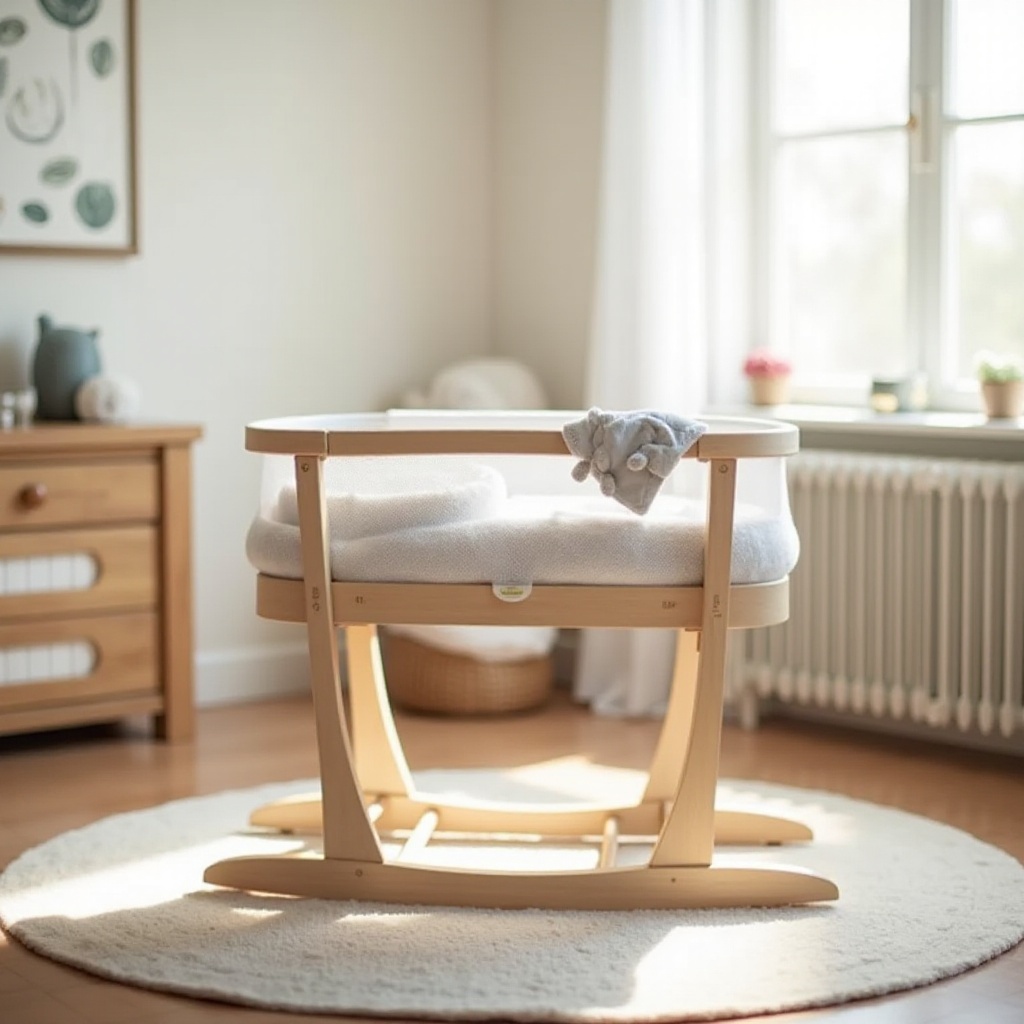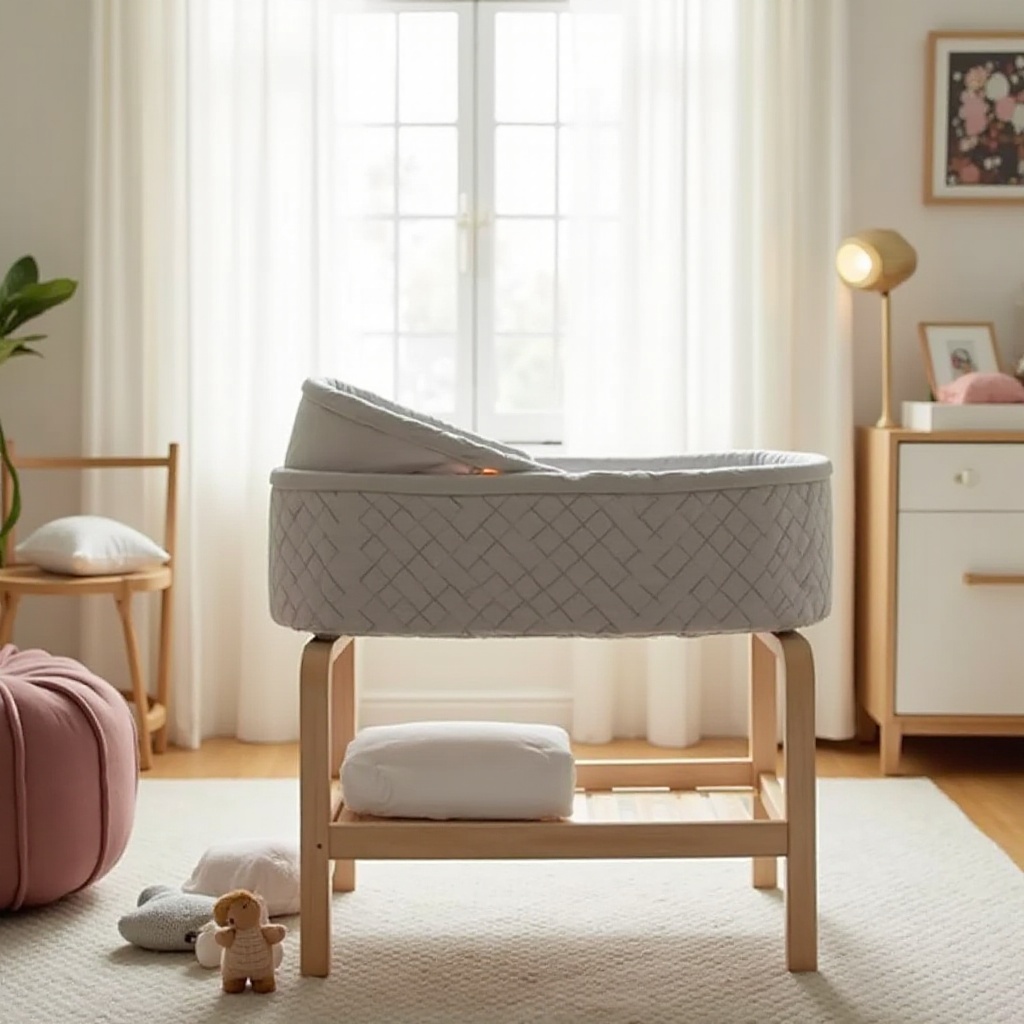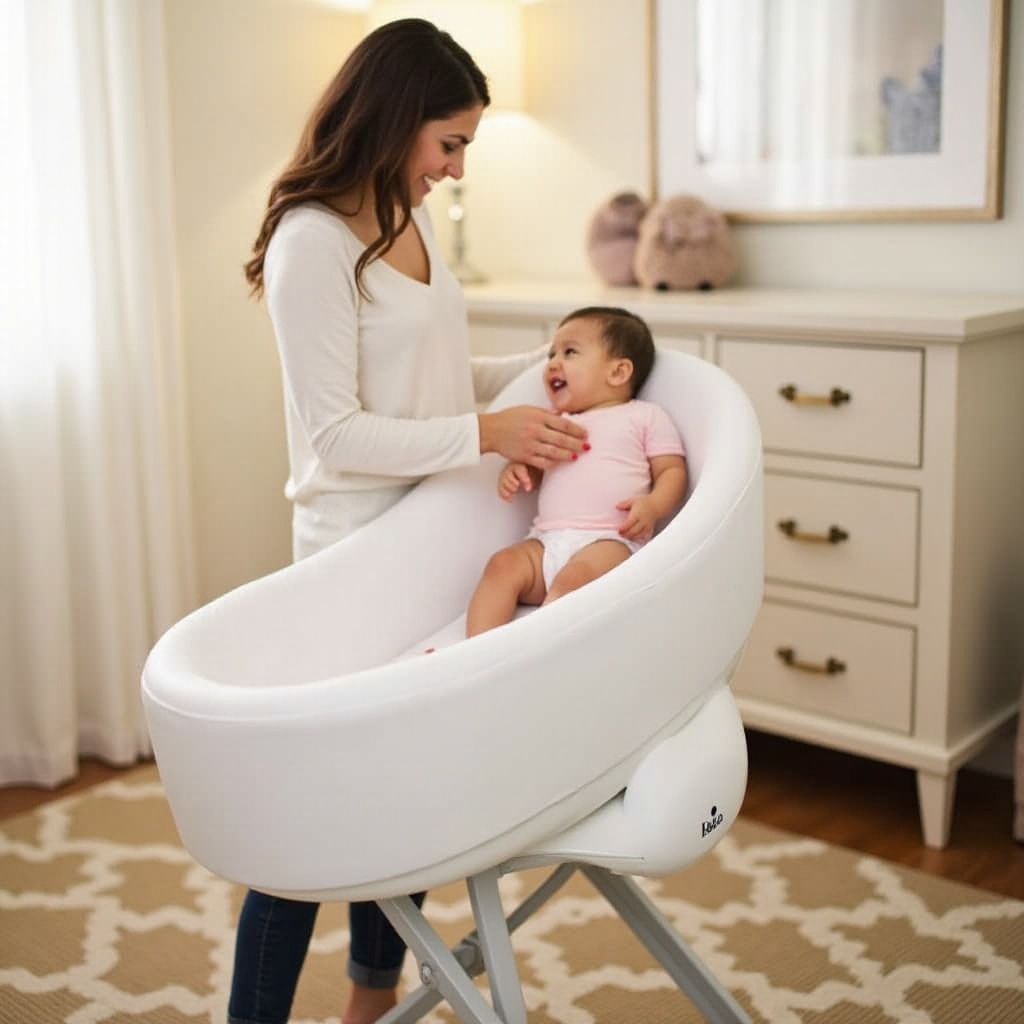Understanding the Mockingbird Bassinet Weight Limit: Essential Guide for Parents
Introduction
When preparing for a new baby, choosing the right bassinet is a critical decision that impacts your baby’s comfort and safety. Among the many brands available, the Mockingbird bassinet stands out due to its quality and design. However, a key factor that every parent must consider is the weight limit of this bassinet. Adhering to this limit ensures your baby’s safety and prolongs the usability of your investment. This comprehensive guide will delve into everything you need to know about the Mockingbird bassinet weight limit, the importance of following this guideline, and how to transition when your baby surpasses the limit.

What is a Bassinet Weight Limit?
The weight limit of a bassinet refers to the maximum weight the bassinet can safely support. This specification is not arbitrary; it is determined through rigorous testing to ensure the safety and stability of the product.
The weight limit encompasses not just the baby’s weight but can also include any additional items, such as blankets or toys, placed inside the bassinet. For parents, adhering to this limit is crucial. Exceeding the weight limit can compromise the bassinet’s structural integrity, posing risks such as tipping over or collapsing. Therefore, understanding and observing this limit protects your baby and maximizes the bassinet’s lifespan.
Overview of Mockingbird Bassinet Specifications
With this understanding of what a weight limit is, let’s zoom into the specifics of the Mockingbird bassinet. This popular bassinet is well-regarded for its sleek design, ease of use, and safety features.
The Mockingbird bassinet boasts a weight limit of 20 pounds. It is designed with a sturdy frame and a breathable mesh to ensure optimal airflow. The mattress pad is firm yet comfortable, enhancing the bassinet’s safety for newborns. Additionally, the bassinet includes a convenient storage basket, adding to its functionality. Parents love the easy, tool-free assembly, making it accessible and user-friendly.
Importance of Adhering to Weight Limits
Adhering to the bassinet’s weight limit cannot be overstressed. Firstly, maintaining the maximum weight ensures the safety of your baby. An overloaded bassinet can collapse or tip over, leading to potential injuries. This is particularly concerning as infants are highly vulnerable to accidents.
Secondly, respect for these limits preserves the longevity of the bassinet. Overloading can strain the materials and joints, leading to wear and tear or even permanent damage. If the bassinet is compromised, it may not just be unsafe for your current baby, but it could also be unusable for any future siblings.
Moreover, abiding by the weight limit supports the overall stability of the bassinet. Excessive weight can alter the center of gravity, making the bassinet prone to tipping, especially if it is accidentally bumped.

Signs Your Baby Has Outgrown the Bassinet
Recognizing when your baby has outgrown the bassinet is just as important as understanding the weight limit. One of the primary indicators is if your baby exceeds the 20-pound weight limit. However, this isn’t the only sign.
- Mobility: When your baby can roll over, sit up, or push up on their hands and knees, it’s time to move them out of the bassinet. These movements can make the bassinet unsafe, even if your baby is within the weight limit.
- Length: If your baby’s head or feet are nearing the edges of the bassinet, it’s time to transition. Most bassinets are designed for infants up to three or four months old.
- Age: Generally, babies outgrow their bassinets between four to six months. Pay attention to developmental milestones and physical growth, not just the scale.

Safe Transitioning Options When Weight Limit is Exceeded
When your baby outgrows the bassinet, it’s important to transition safely to the next stage. Here are some options to consider:
- Crib: This is the most common next step. Cribs offer more space and can be used until your child is ready for a toddler bed.
- Pack ‘n Play: This can double as a safe sleeping space and a play area. It’s portable and convenient for travel.
- Mini Crib: If space is a consideration, a mini crib might be a good intermediary before transitioning to a full-sized crib.
- Co-sleeper: If you prefer to keep your baby close, a co-sleeper that attaches to your bed can be a good option. Ensure it meets safety standards.
Each of these options should meet the latest safety standards and fit comfortably in your home.
Conclusion
Ensuring your baby’s safety is paramount, and understanding the Mockingbird bassinet weight limit is a key part of that process. By paying attention to the specified limits and watching for signs your baby has outgrown the bassinet, you can provide a safe and comfortable sleeping environment. Transitioning to the next stage doesn’t have to be difficult, as there are various safe options available. Always prioritize your baby’s well-being by adhering to safety guidelines and using suitable sleep solutions for their age and size.
FAQs
Frequently Asked Questions
What is the weight limit for the Mockingbird bassinet?
The Mockingbird bassinet has a weight limit of 20 pounds. This limit ensures that the bassinet can support your baby safely without risk of collapse or tipping.
What should I do if my baby exceeds the weight limit?
If your baby exceeds the weight limit, transition to a larger, safer sleep option such as a crib, pack ‘n play, mini crib, or co-sleeper. Ensure it meets safety guidelines and fits comfortably in your space.
How can I ensure my Mockingbird bassinet is set up correctly?
Follow the manufacturer’s instructions carefully for assembly. Ensure all parts are securely in place, and the bassinet is on a flat surface. Regularly inspect the bassinet for wear and tear to maintain its safety.

